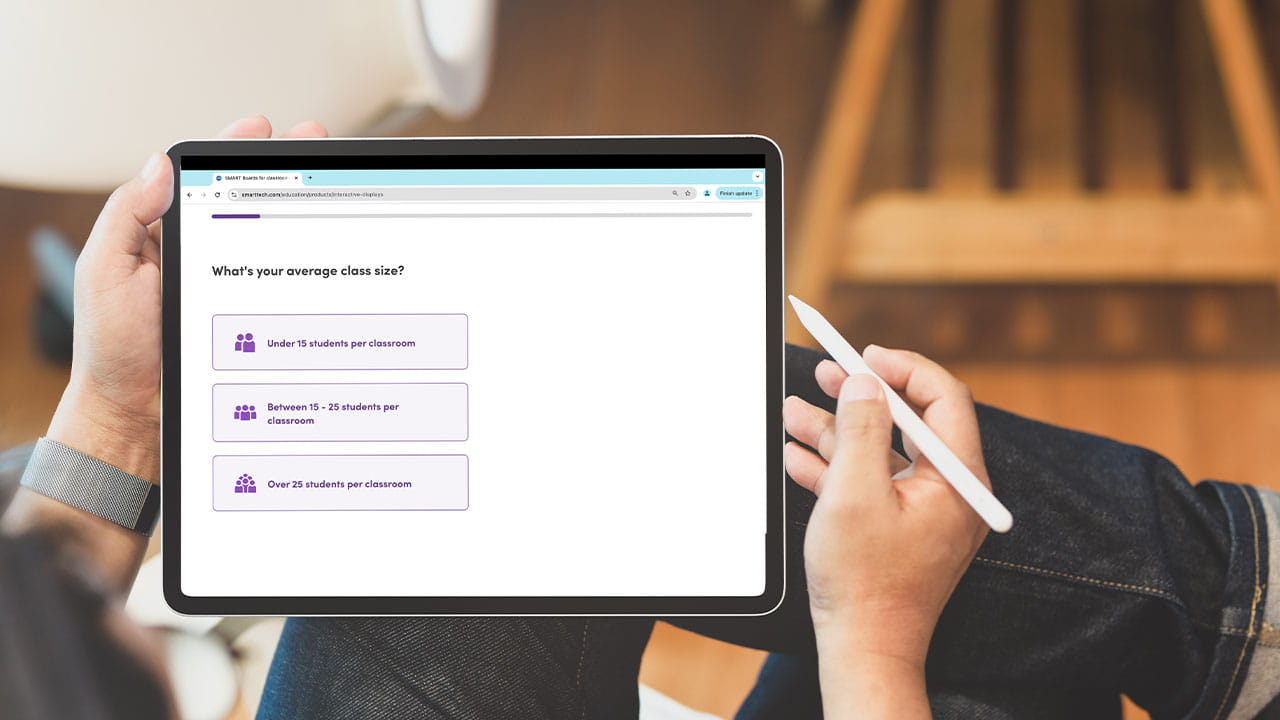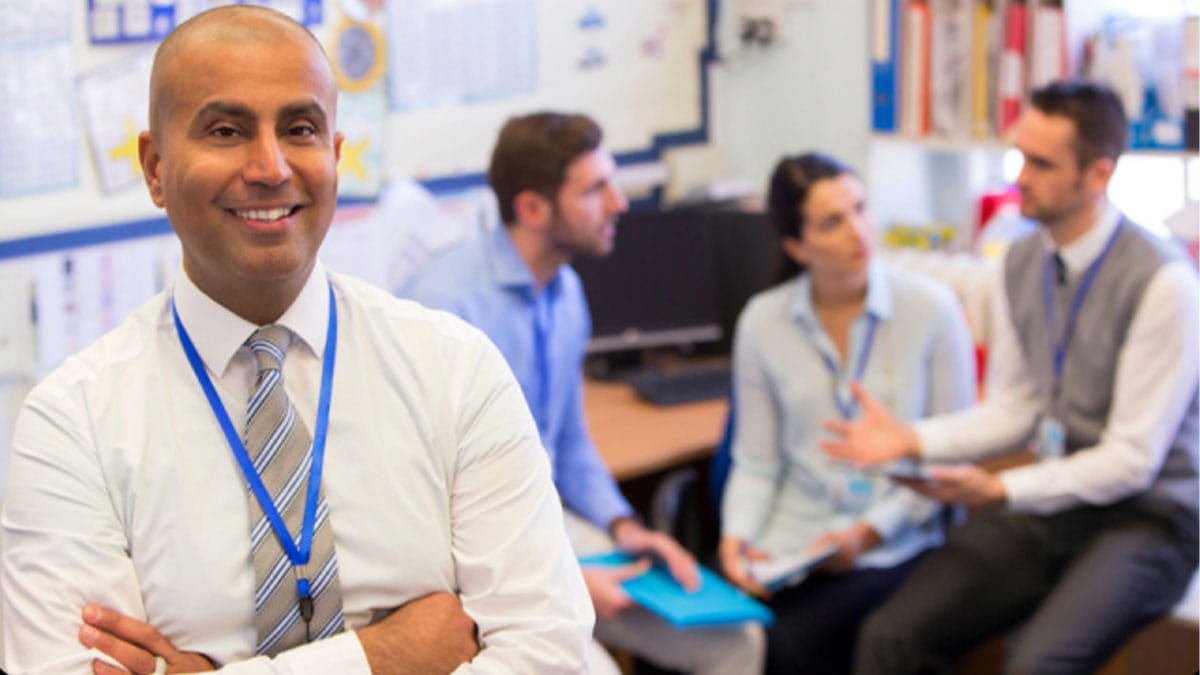How often have students asked you, “When will I ever use this in real life?”?
Teachers using problem-solving as an active learning strategy can respond, “Right here, right now.”
Three educators from around the world tasked their students to work together across international borders to imagine life without reliable electricity — a reality for more than 3 billion people today. The students shared that such a situation would make it difficult to complete homework or easily access the bathroom after sunset.
Then the students were asked what they could do about it.
They worked together to devise a solution: A battery-operated, rechargeable lantern delivered to youth in the Dominican Republic.
Giving students a problem connected to the realities of the world today gets them involved in applying the knowledge they have and what they have learned to create a real solution,
says Kris Astle, education strategist for SMART Technologies and lifelong educator.
The students never met in person, but their teachers used SMART’s EdTech tools so students could share and collaborate on proposed circuit and model designs and bounce ideas off each other, often across time zones.
Collaborating within a classroom, across the country, or around the world has never been easier. Many schools today already use one-to-one initiatives, interactive whiteboards, and cloud-based software to personalize the learning process and maximize the value of individual student devices.
But you don’t need to be a technology enthusiast to use EdTech to bring active learning strategies like problem-solving into your classroom. Here are three tips you can use to get started:
Tip 1: Identify the real-world problem
Teachers can propose students tackle a challenge known within the school or the local community or suggest the class identify a problem they’re passionate about. Inviting students to brainstorm and suggest a real-world problem builds excitement and interest in the project. Teachers can also turn to international professional learning networks like the SMART Ambassador Community, and even Twitter, to connect with other educators interested in collaborating on a larger-scale project.
Tip 2: Define parameters
Before introducing the challenge, decide how long the project will last. Is it to be completed in a month, during a semester, or over a full school year?
The timeline dictates how much information students need and at which phase of the project. Before starting the project, consider the learning objectives and use that information to create a specific goal to work toward. Decide what resources and background information students will need to get started, and be sure to supply that upfront.
Digital tools help expand students’ access to primary and secondary research sources. That includes moving beyond secondary (or desk) research and immersing themselves in primary research methods by connecting with subject matter experts through video chats, engaging in virtual experiences, and working through problems visually.
Tip 3: Broaden the scope
Today’s students often jump right to internet search engines to find answers. Use a problem-solving challenge to introduce them to alternative resources available through their school or local libraries, such as databases, digital periodicals, and other virtual information sources. SMART makes it easy for students to access multiple media formats for learning. Educators can incorporate media literacy by asking students to evaluate whether they’ve picked a reliable and authoritative source.
Take the next step to bringing problem-solving into the classroom
Introducing problem-based activities using EdTech enables a smooth transition to student-led learning. Most importantly, bringing students together to solve problems helps learners realize school isn’t just about grades: Students (and teachers) can use digital tools to build relationships with individuals in their classroom, community, and all over the world, and that kind of collaboration can have a meaningful impact.
Ready to learn more about how to incorporate active learning strategies into your classroom? Visit our blog or check out Lumio’s library of activities and resources focused on active learning.


